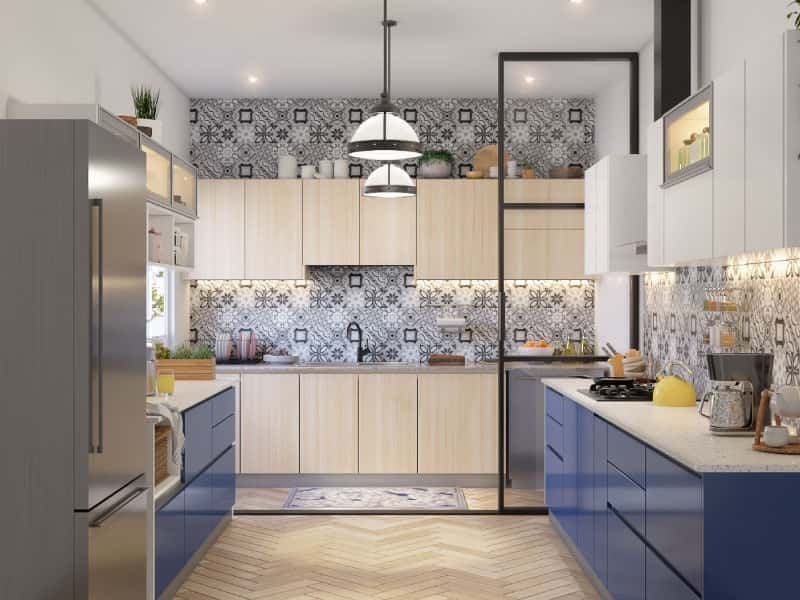Ceiling lights, the unsung heroes of living room illumination, lay the groundwork for ambient lighting. Their strategic placement is paramount to achieving a well-lit and functional space. A central fixture, such as a chandelier or pendant light, provides overall brightness, ensuring even distribution of light across the room. However, relying solely on a central fixture can result in harsh shadows and a flat, uninteresting aesthetic. To combat this, consider supplementing with recessed lighting. Strategically placed recessed lights around the perimeter of the room wash walls with soft light, visually enlarging the space and minimizing shadows. Dimmers are an essential addition, allowing you to adjust the intensity of the ceiling lights for living room to suit different activities, from quiet reading to lively gatherings.
Task Lighting: Illuminating Specific Activities with Precision
While ambient lighting provides overall illumination, task lighting focuses on specific areas to enhance functionality. Consider the activities that take place in your living room: reading, crafting, or playing games. Over a reading nook, install a directional spotlight or a track lighting system that can be adjusted to provide focused light. For a crafting corner, opt for a brighter light source with good color rendering to minimize eye strain. If you frequently play board games or puzzles, ensure that the area receives ample and even task lighting to facilitate comfortable and enjoyable gameplay. The positioning of task lighting is crucial.
Accent Lighting: Highlighting Architectural Features & Adding Depth
Accent lighting adds visual interest and depth to your living room, highlighting architectural features, artwork, or decorative elements. Strategically placed spotlights can draw attention to a stunning piece of art, while uplights can accentuate the texture of a stone fireplace. Wall sconces can add a touch of elegance and create a warm, inviting atmosphere. Directional track lighting can be used to showcase bookshelves or highlight a collection of treasured objects. The purpose of accent lighting is not primarily to illuminate, but rather to enhance the aesthetic appeal of the space and create focal points.
Layering Light Sources: Achieving a Balanced & Functional Ambiance
The true magic of living room lighting lies in layering different light sources. Combining ambient, task, and accent lighting creates a balanced and functional ambiance that adapts to various needs. Imagine a scenario: for a cozy movie night, dim the ambient ceiling lights, turn on a soft table lamp for subtle illumination, and highlight a decorative wall feature with accent lighting. For a lively gathering, brighten the ambient lights, use task lighting over a game playing area, and highlight artwork with accent lighting to create a visually stimulating environment.
Integration and Control: Maximizing Functionality & Convenience
Modern lighting systems offer greater control and integration, maximizing functionality and convenience. Smart lighting systems allow you to control the intensity and color temperature of your lights using a smartphone or voice commands. Integrate your lighting with your home automation system to create customized lighting scenes for different activities. Motion sensors can be used to automatically turn on lights when someone enters the room, while timers can be programmed to adjust lighting schedules based on the time of day.










